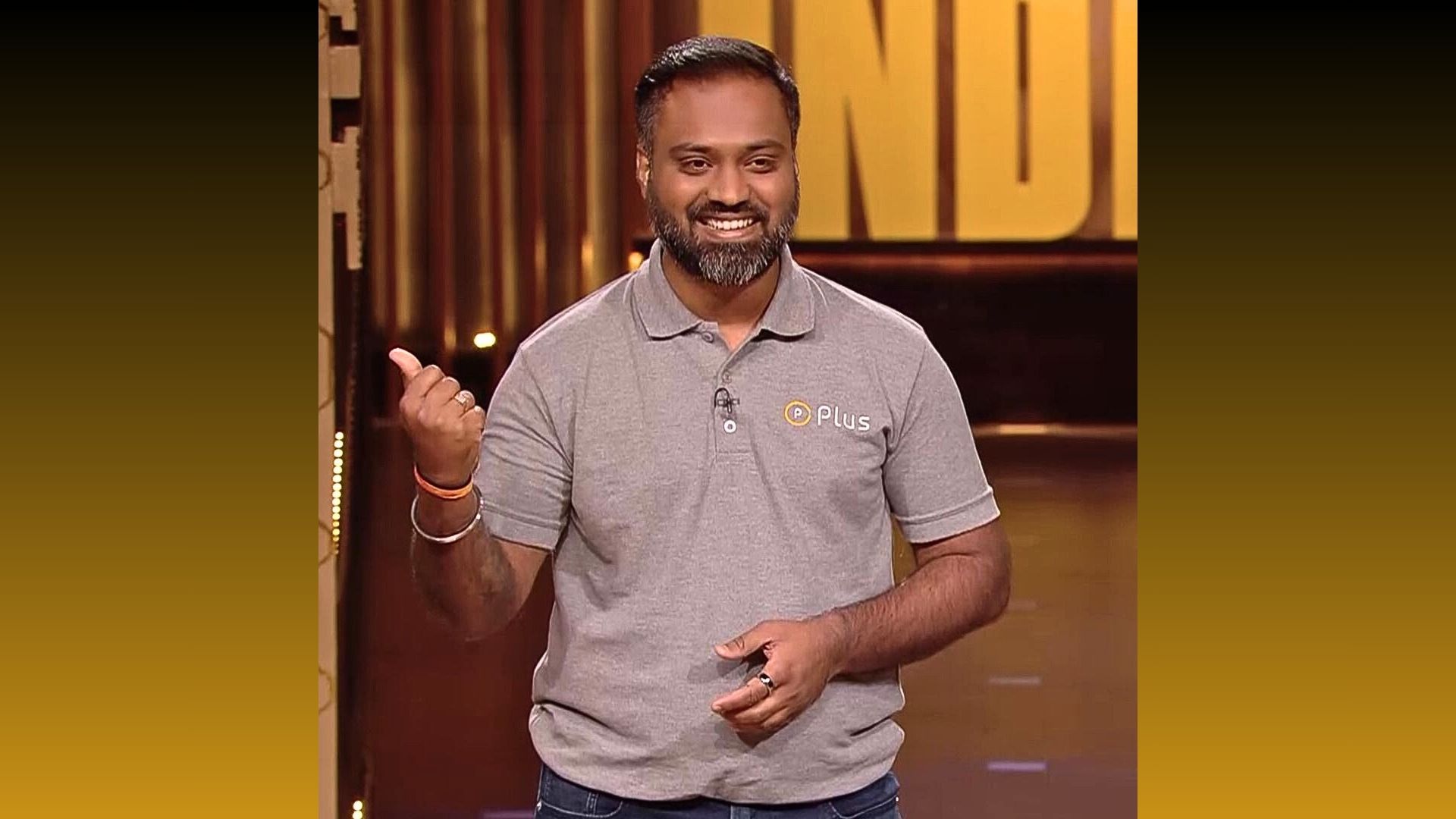
In a significant advancement in the realm of artificial intelligence, Google has introduced Veo, a cutting-edge text-to-video AI model aimed at competing with OpenAI’s recently launched Sora. The unveiling of Veo marks Google’s latest foray into the AI video generation space, promising innovative features and enhanced capabilities that are poised to transform the way users create and interact with video content.
Veo: An Overview
Google’s Veo leverages advanced AI techniques to generate high-quality videos from textual descriptions. Building on the success of previous models, Veo employs a sophisticated Space-Time U-Net (STUNet) architecture. This architecture enables the model to process and generate video content efficiently by downsampling and upsampling video data across both spatial and temporal dimensions. The result is a seamless and coherent video output that maintains high visual fidelity and motion consistency.
Key Features of Veo
- Versatile Text-to-Video Generation: Veo allows users to input detailed textual descriptions and converts them into dynamic video sequences. This capability opens up a myriad of possibilities, from creating promotional videos and educational content to generating complex narrative scenes. For instance, a user can describe a scene like “A cat chasing a butterfly in a garden,” and Veo will produce a corresponding video clip that captures the described actions and setting accurately.
- Image-to-Video Transformation: Another notable feature of Veo is its ability to animate still images. Users can provide a static image and a brief description of the desired motion, and Veo will generate a video that brings the image to life. This feature is particularly useful for animating historical photos, artwork, and other static visuals, adding a new dimension to creative storytelling.
- Stylized Video Creation: Veo’s stylized generation feature allows users to apply specific artistic styles to their videos. By using a reference image, the model can generate videos that emulate the style of famous art movements or create unique visual aesthetics. This capability is beneficial for artists, content creators, and marketers looking to produce visually distinctive videos.
- Cinemagraphs and Video Inpainting: Veo supports the creation of cinemagraphs, where certain parts of a video remain static while others are animated, creating a captivating visual effect. Additionally, the model’s video inpainting capabilities enable it to fill in missing or corrupted regions in videos, ensuring a seamless and coherent visual output.
Comparisons with OpenAI’s Sora
OpenAI’s Sora, introduced earlier this year, has set a high bar in the text-to-video AI landscape. Sora can generate minute-long videos based on detailed text prompts, creating realistic and imaginative scenes. It excels in generating complex scenes with multiple characters and intricate motion details. However, Veo’s introduction brings several unique features that differentiate it from Sora.
While both models are designed to convert text into video, Veo’s STUNet architecture provides enhanced motion coherence and video quality. Additionally, Veo’s capabilities in stylized generation and video inpainting offer creative tools that extend beyond Sora’s current functionalities. As of now, both models are primarily research projects, with potential public releases subject to further development and policy considerations.
Ethical Considerations and Future Outlook
The introduction of advanced AI models like Veo raises important ethical questions regarding their use and potential misuse. Concerns about deepfakes, misinformation, and copyright violations necessitate careful regulation and responsible deployment of these technologies. Google has emphasized the importance of transparency, accountability, and safeguards to ensure that Veo is used ethically and contributes positively to creative and professional fields.
As AI continues to evolve, the capabilities of models like Veo and Sora will likely expand, offering even more sophisticated tools for video generation and content creation. The ongoing competition between tech giants like Google and OpenAI drives innovation, pushing the boundaries of what AI can achieve.
Google’s introduction of Veo marks a significant step forward in the development of AI-driven video generation. With its advanced features and robust architecture, Veo is poised to offer users new and exciting ways to create high-quality videos from simple text descriptions. As the technology matures, it will be crucial to address ethical concerns and ensure that these powerful tools are used responsibly and beneficially.
















